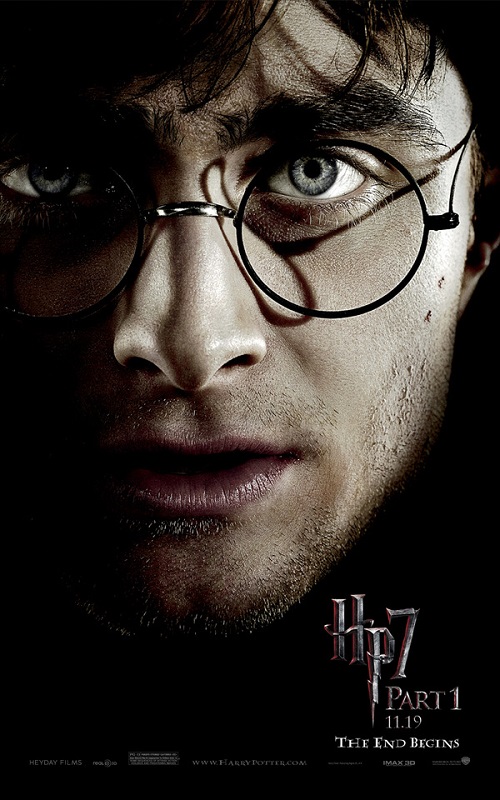
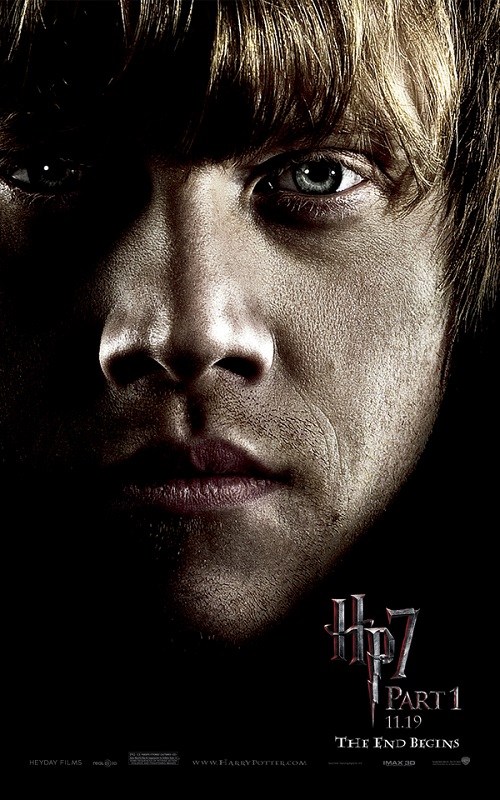
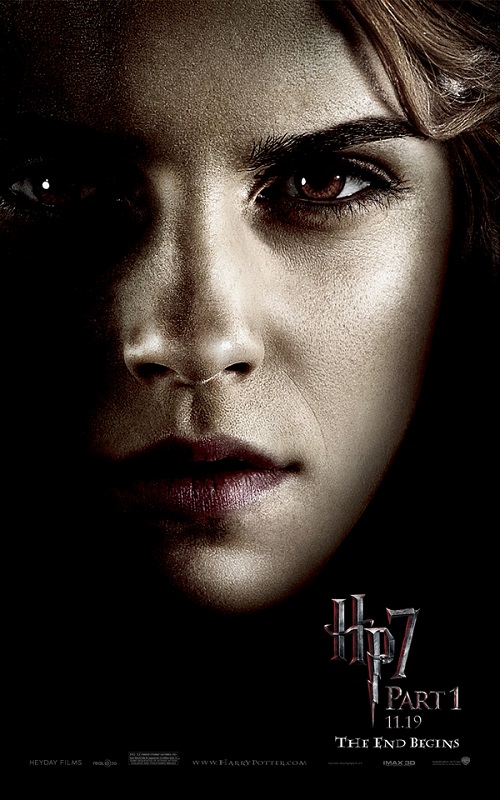
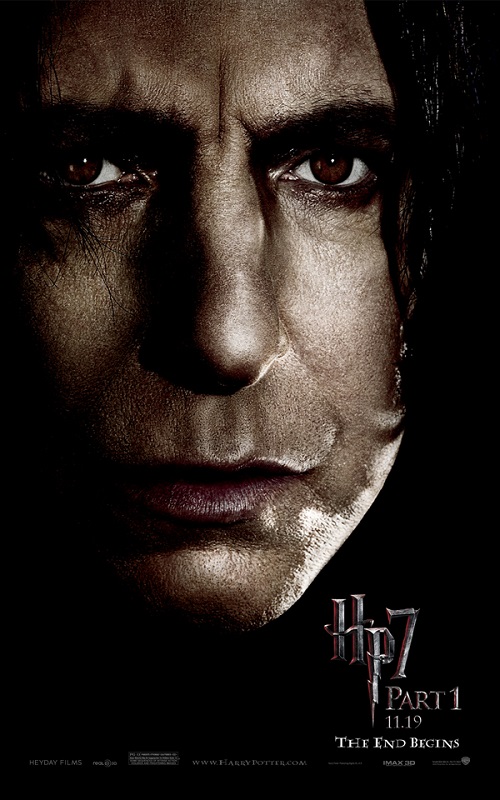
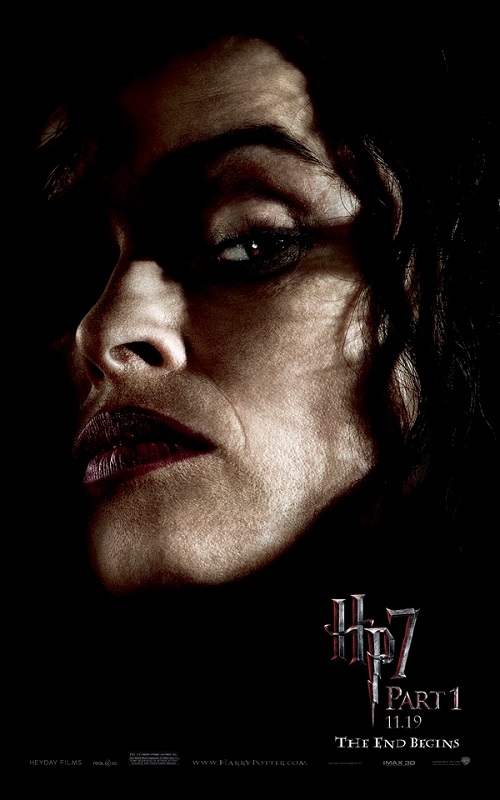
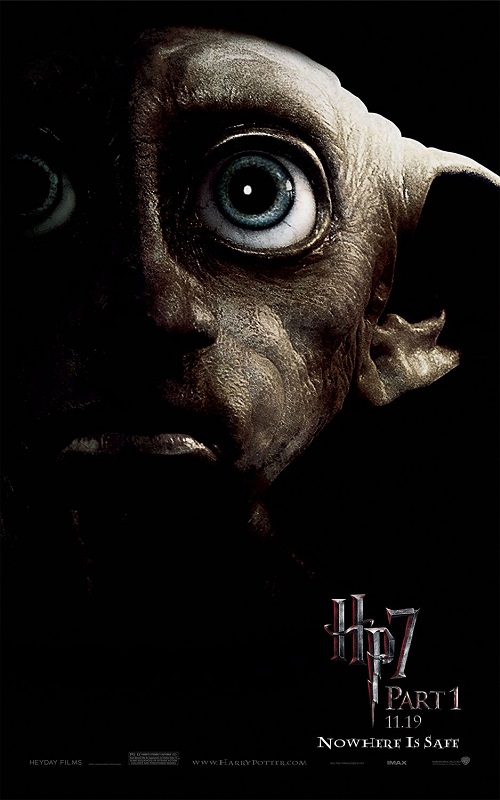
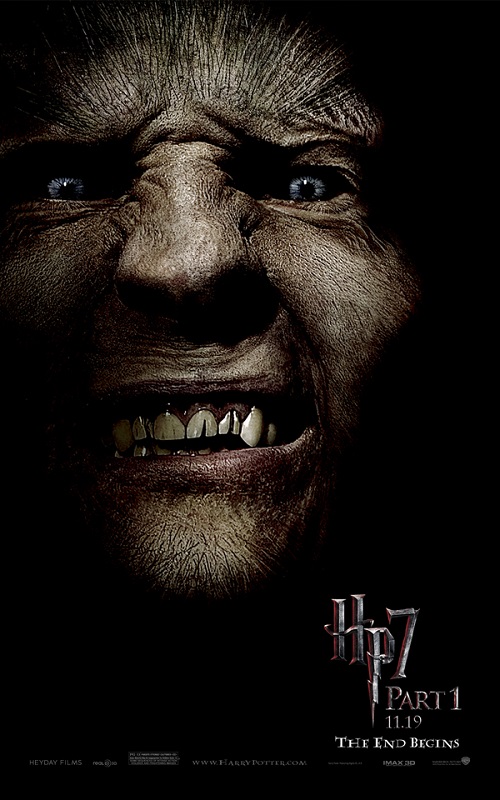
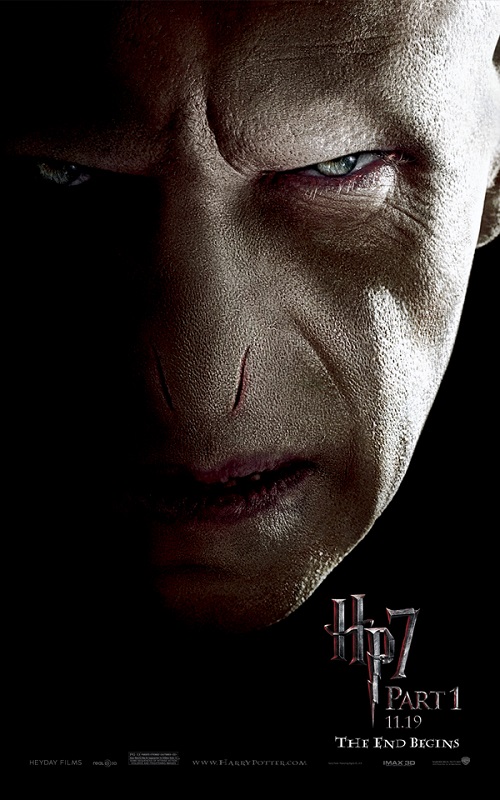











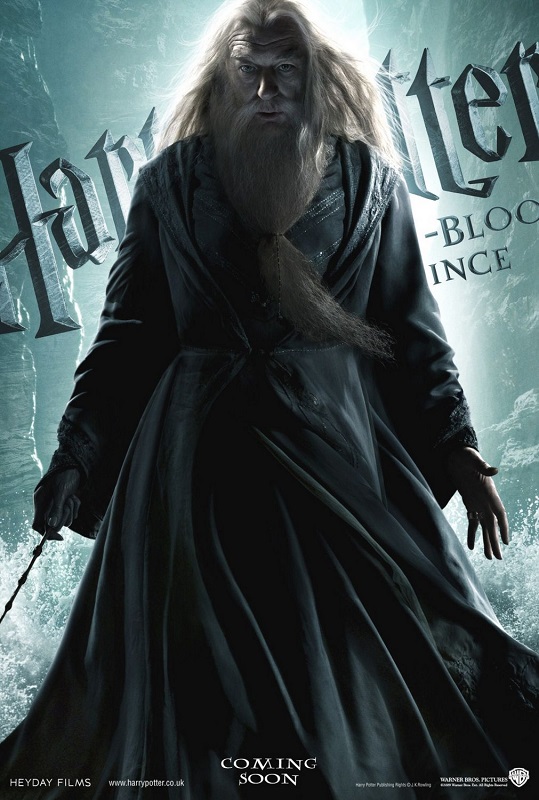
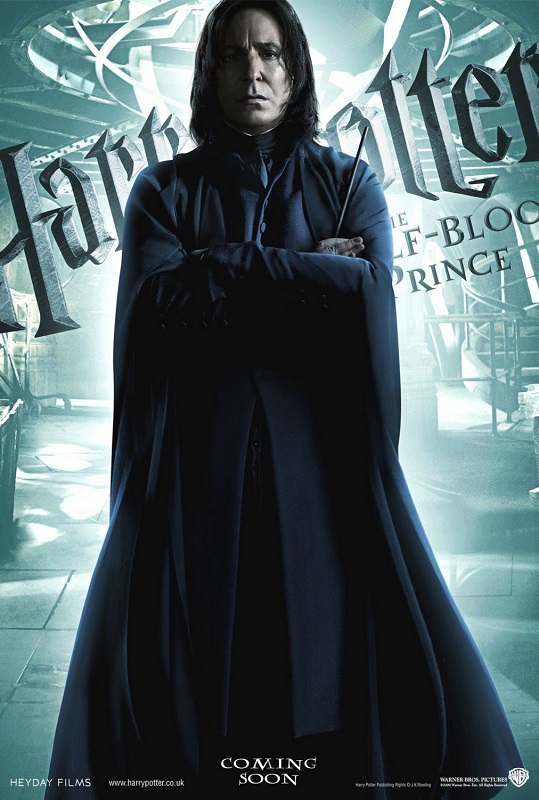
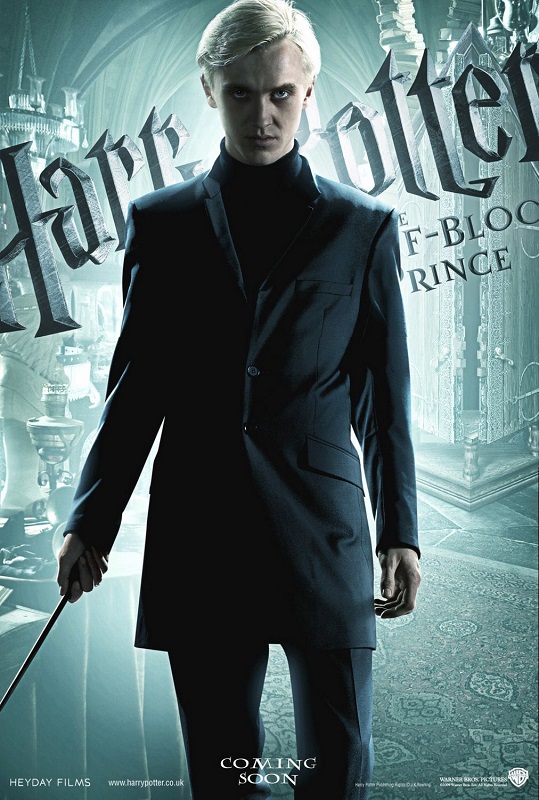









































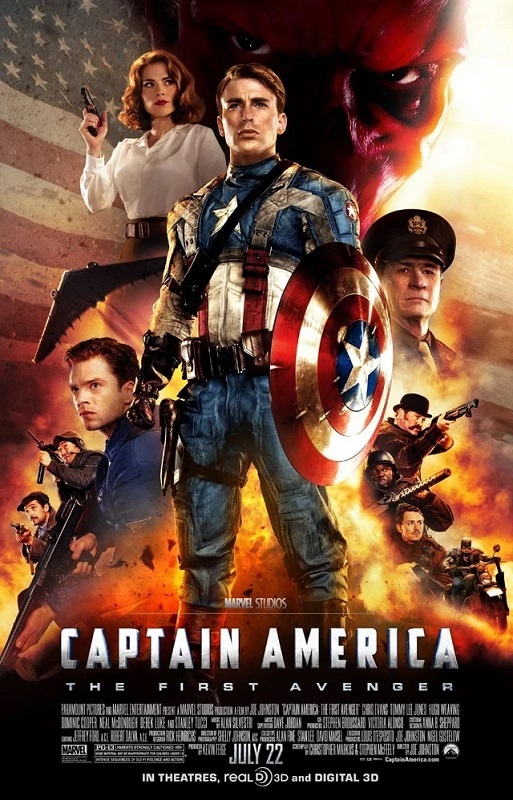
Captain America The First Avenger
The first Marvel film, even though it technically wasn’t the first to be released in theatres, was Captain America, the First Avenger. I always think of it as the first one because in my mind, it starts the story. And if you follow the MCU to the completion of the Infinity Saga, at the end of Endgame, it ends the story with Captain America. But I know, Iron Man was actually the first MCU film, but this just seems like a better beginning to the epic. Iron Man just seems to start in the middle of the story.
I love epics. I love epic franchises even more. So I am a huge MCU fan because it doesn’t get any more epic than this. It is massive! It is a story that spans years, distances, genres, and has a phenomenal cast of characters. And for me, I think that’s my favorite part. I love the characters. The casting has been remarkably spot-on, with only a few exceptions.
But here we start the whole epic off with Chris Evans, who nailed his part. But every good superhero has to have an equally awesome villain. I mean, for me, the MCU villains are just as awesome as the heroes. Hugo Weaving as the Red Skull was so cool!! Add Tommy Lee Jones, Toby Jones, Haley Atwell Stanley Tucci, and Sebastian Stan, and you have yourself a pretty memorable cast.
The movie was fun, full of exciting action, great visual effects, an exciting soundtrack, a perfect cast, and was just an all-around fantastic film. The perfect start to the grand adventure. And the epic story of the MCU is still going on today. At the time of this writing, Phase 4 is just wrapping up, and I am still just as into the story as when it first began, in the beginning of Phase 1. This is just really great story-telling at its best!
We start off in the 1940s during WWII. So it’s a period piece. But it’s also a fantastical fantasy. The design of the futuristic technologies like laser guns, computers, high-tech vehicles like the one-man submarine, and the super-soldier transformation machine, all had to be designed to fit that 1940s aesthetic, and they really did a great job. They did a great job making it all old-timey, and yet from the future at the same time.
And at their heart, every film in the MCU is an action/adventure movie with drama and comedy thrown in to give audiences gravitas, while keeping things light. But through it all is the action. And Captain America never disappoints. And if you think about it. His super powers aren’t that super. Not like a man in a technologically advance iron suit, or a wizard, or even a man that turns into a giant green Hulk. Steve Rogers is just like your average guy, only with heightened speed, strength, responsiveness, visual acuity, and accuracy. His super power is just being a better and more powerful athlete than the rest of humanity. And he has a kick-ass shield that can be used for both defense and offense.
But not only is he physically superior, he is also morally superior, which is a quality he had even before being given the Super-Soldier Serum. He’s just a nice guy who always does what he believes to be the right thing. One of the character’s defining traits is his indomitable will, his belief in his own sense of justice. He’s sometimes been referred to as a boy-scout because he embodies all of the wholesome and upright qualities they are supposed to champion.
This is a wild and fun ride with some great actors, some first-rate directing, and an engaging story. It’s a movie I have seen many times, and it never gets boring. And it doesn’t hurt that Chris Evans is an incredibly handsome man… Well, after he gets his super powers. Apparently, when Haley Atwell touched his chest, it was unscripted and the actress just couldn’t help herself. Really, I don’t blame her.